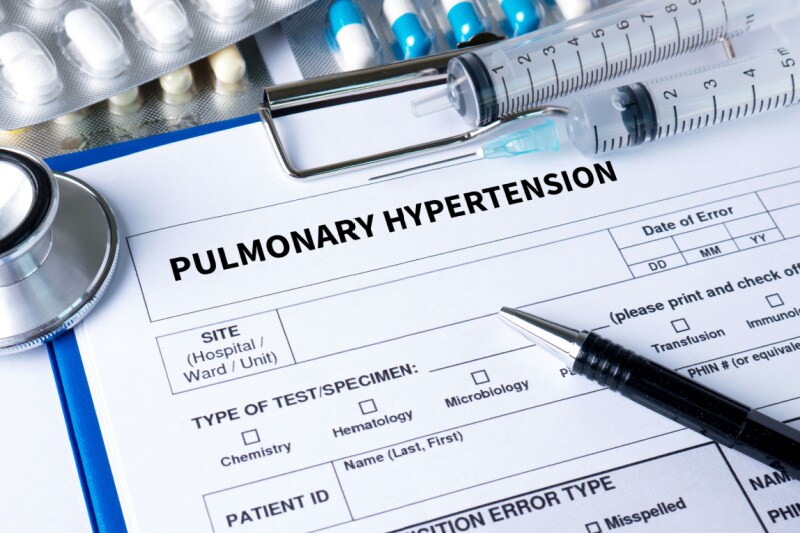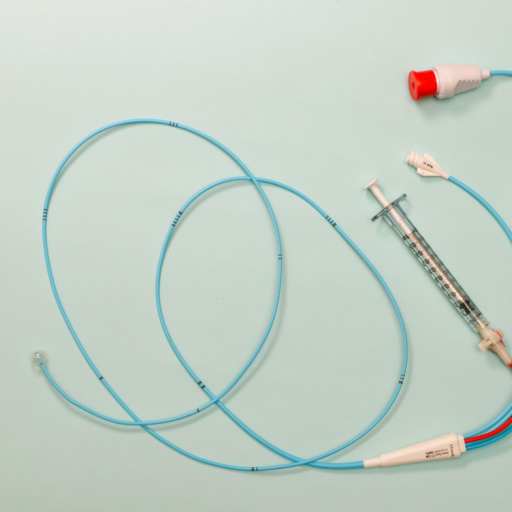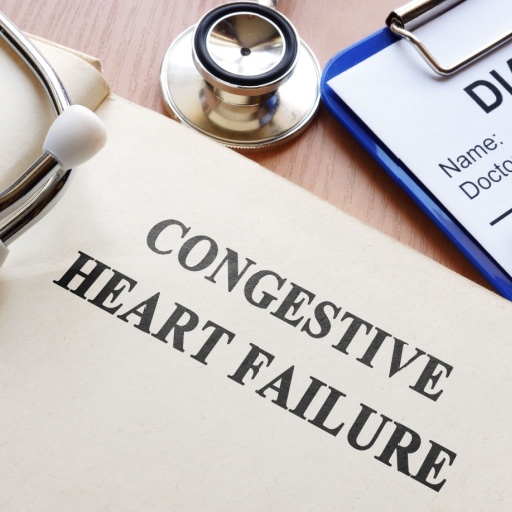World Heart Day is celebrated on the 29th of September to raise awareness of cardiovascular diseases (CVD). Most CVDs are preventable; all that is required is making considerable lifestyle changes. One of the cardiovascular diseases is pulmonary arterial hypertension. The right treatments can help improve the quality of your life while managing the disease.
What is pulmonary arterial hypertension?

Pulmonary arterial hypertension is a kind of high blood pressure that impacts the arteries in the lungs and the right side of the heart. Here, the blood vessels in the lungs either get blocked, narrowed or destroyed, slowing down blood flow. This results in higher blood pressure, making the heart work harder to pump blood through the lungs. This will eventually cause the heart muscles to weaken, leading to heart failure.
Causes and Risk Factors
Often, pulmonary arterial hypertension is diagnosed in people aged between 30 and 60 years. These are some of the risks associated with the disease:
- Congestive heart failure
- Blood clots in the lungs
- HIV
- Being overweight
- Smoking
- A family history of blood-clotting disorders
- Asbestos exposure
- Having a congenital heart defect
- Living at a high altitude
- Illegal drug use
- Liver disease
- Sleep apnea
The heart has two lower chambers and two upper chambers. The lower right chamber pumps blood to the lungs, passing through a large blood vessel. But any cell changes in the lung arteries can make the artery walls narrow, stiff, swollen and thick, resulting in blood flow either slowing down or stopping.
Signs and symptoms
Unlike other diseases, pulmonary arterial hypertension symptoms develop slowly. You may not notice them easily for months or even years, while the symptoms worsen as the disease progresses.
- Shortness of breath
- Blue or gray skin color owing to low oxygen levels
- Chest pain
- Fainting spells
- Pounding heartbeat
- Fatigue
- Swelling on the legs, ankles and belly
Diagnosis and testing

After the preliminary questions on shortness of breath, your doctor may ask you to get the following tests done:
- Blood tests
- Chest X-ray
- Electrocardiogram (ECG or EKG)
- Echocardiogram
- Right heart catheterization
- Exercise stress tests
- A cardiac CT scan
- Magnetic resonance imaging (MRI)
- Lung function test
- Ventilation/perfusion (V/Q) scan
- Lung biopsy
- Genetic testing
Treatment options
Pulmonary arterial hypertension treatments vary from person to person. So, it is essential to consult a doctor about your treatment options and what to expect. Doctors may also prescribe treatments that improve your breathing, like oxygen therapy, so you can stay active and carry out daily tasks. The doctor may prescribe blood thinners if you are likely suffering from blood clots. Consult a medical health professional or family doctor to recommend a medication plan.
Lifestyle changes
Here are some small changes that make a big impact on your daily life:
Keep a journal: Take simple steps and write down a list of things to do, like
- Phone calls to make or household tasks
- Your symptoms each day and their severity
- Questions for your healthcare team
- Medical appointments dates
Watch your diet: Eating a balanced diet with wholesome, nutritious diet is recommended to keep your energy levels up. Consume:
- Fresh fruits and vegetables
- Whole-grain foods
- Lean chicken and fish
- And limit fatty foods and salt intake
Appropriate physical activity: Certain physical activities will strain the lungs; however, some forms of exercise could help you stay active.
Quit smoking: Don’t further contribute to breathing difficulties. Quit smoking, as it may cause the blood vessels in your lungs to tighten even more.
Get regular body check-ups and lead a healthy lifestyle to keep pulmonary arterial hypertension or any other cardiovascular disease at bay.
Key Takeaways
- Pulmonary arterial hypertension is a type of high blood pressure that affects the arteries in the lungs as well as the right side of the heart.
- Common symptoms include shortness of breath, chest pain, and fatigue.
- To manage this condition, it’s helpful to keep a journal, monitor your diet, and quit smoking.
Stay tuned to the Activ Living Community. Keep up to date with the latest health tips and trends through expert videos, podcasts, articles, and much more in nutrition, fitness, mindfulness, and lifestyle conditions like Asthma, Blood Pressure, Cholesterol, and Diabetes.
You may also be interested in the following blogs:
- Surviving a Heart Attack: Things To Do When You Are Back On Your Feet
- Top 4 Benefits Of Beta-Blockers For Heart Health
Popular Searches
How to lower blood pressure | Fruits good for liver | Unhealthy foods | Ragi Benefits | Basal Metabolic Rate | Acupressure points for High Blood Pressure | Ayurvedic medicine for blood pressure | How to control cholesterol at home | Homeopathy for Asthma | Biological Age | Home remedies for TB | Natural beta blockers | Negative effects of internet | Types of walking | Blood pressure calculator | Blood sugar calculator | BMI Calculator





 1800-270-7000
1800-270-7000






